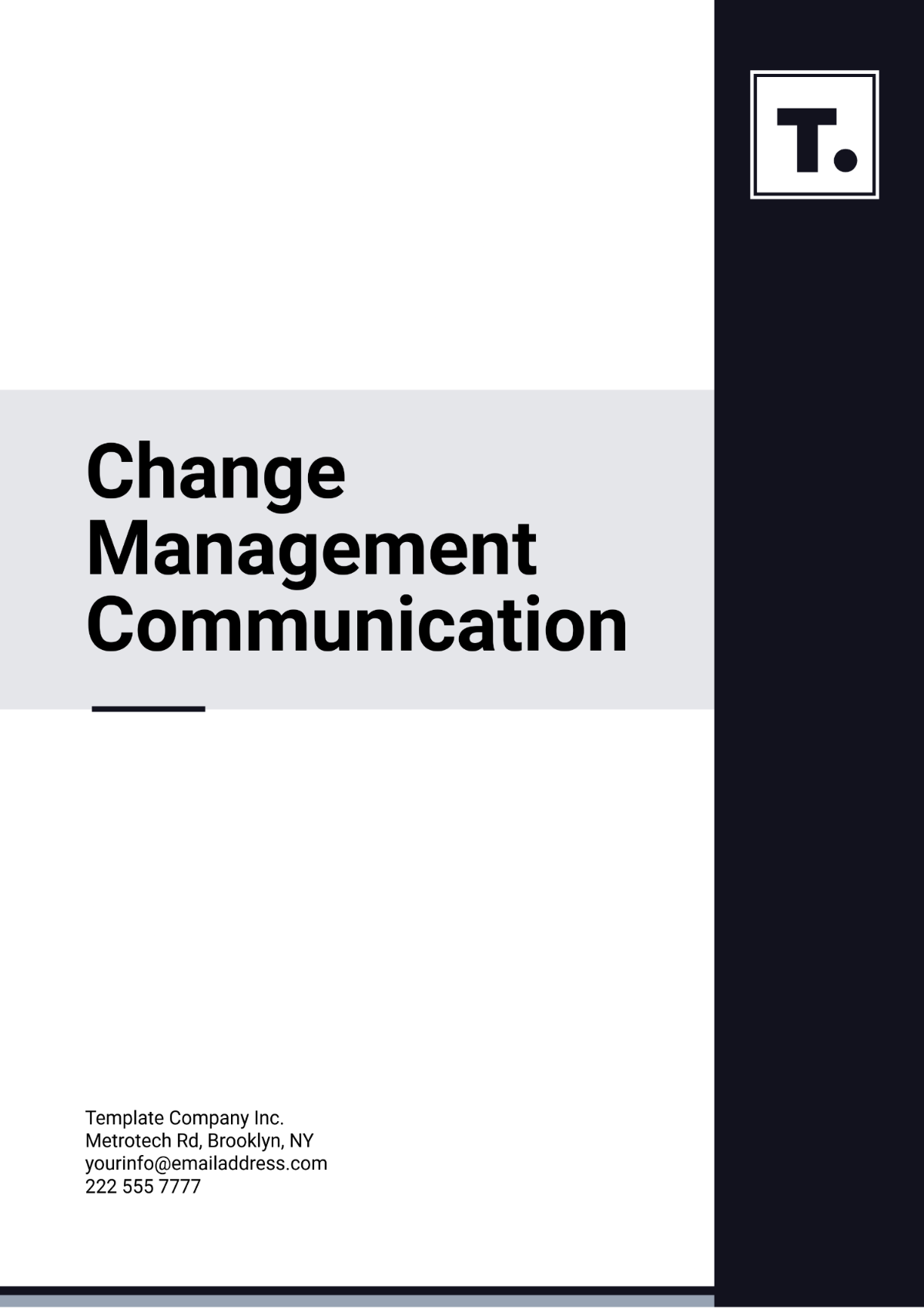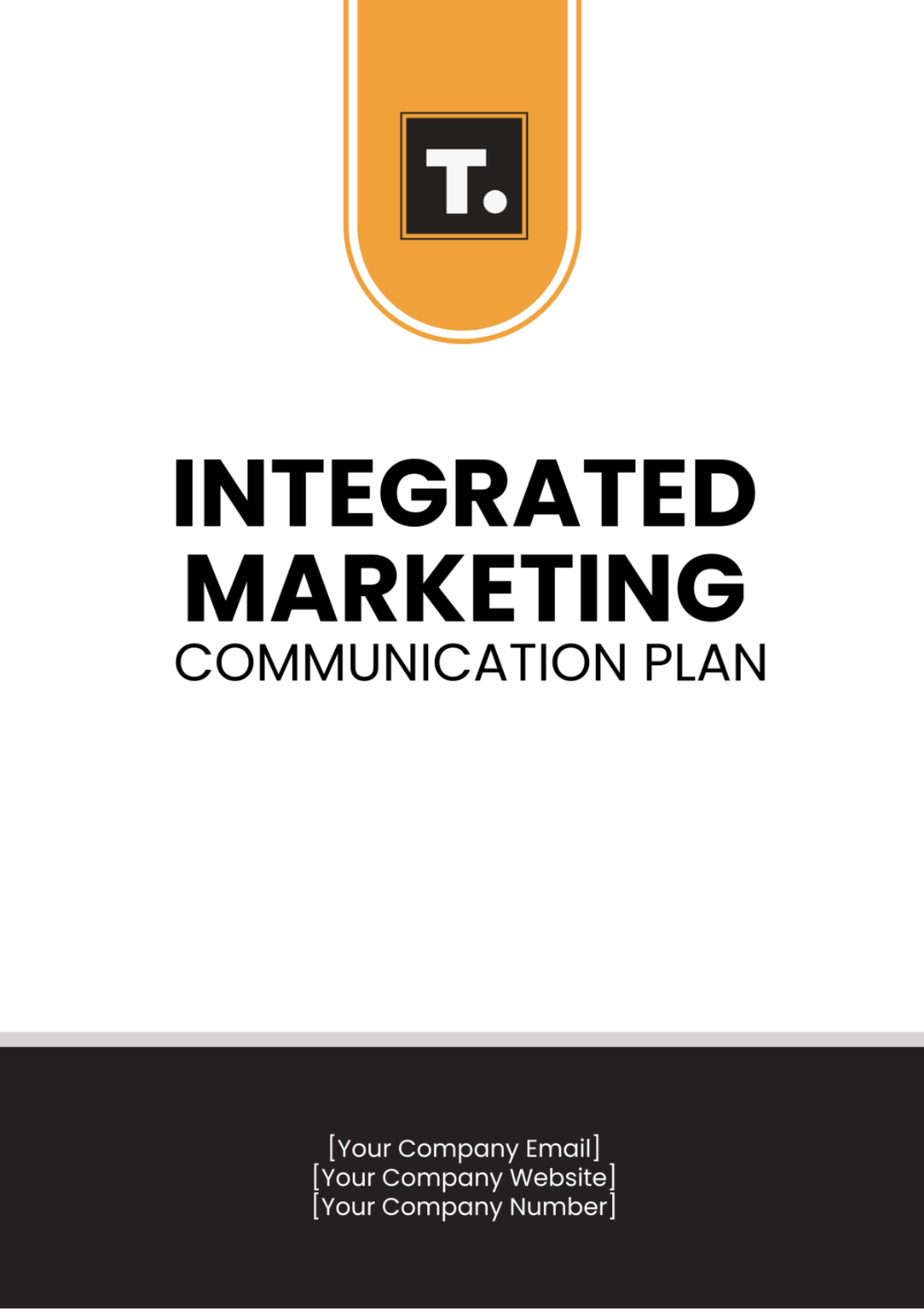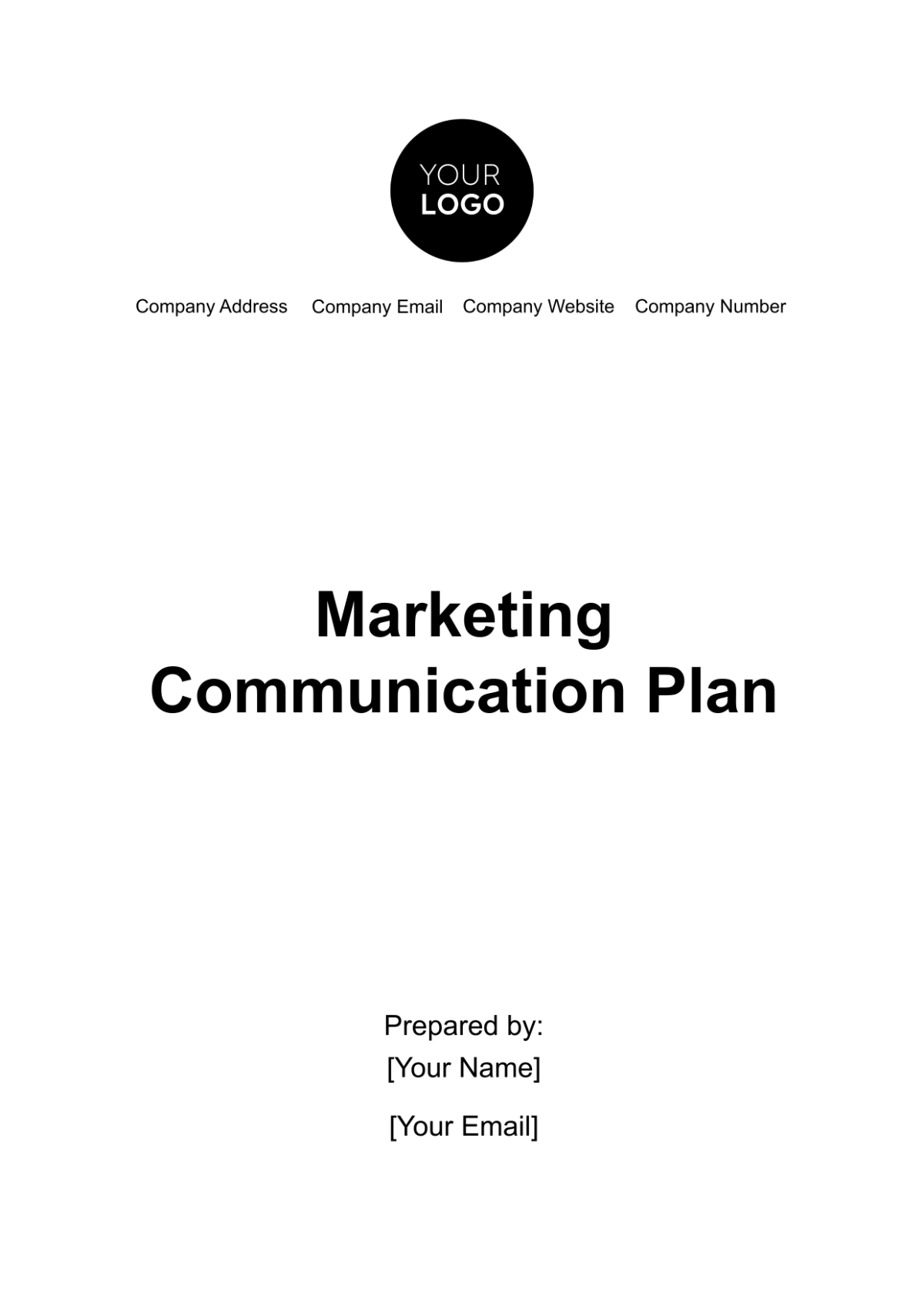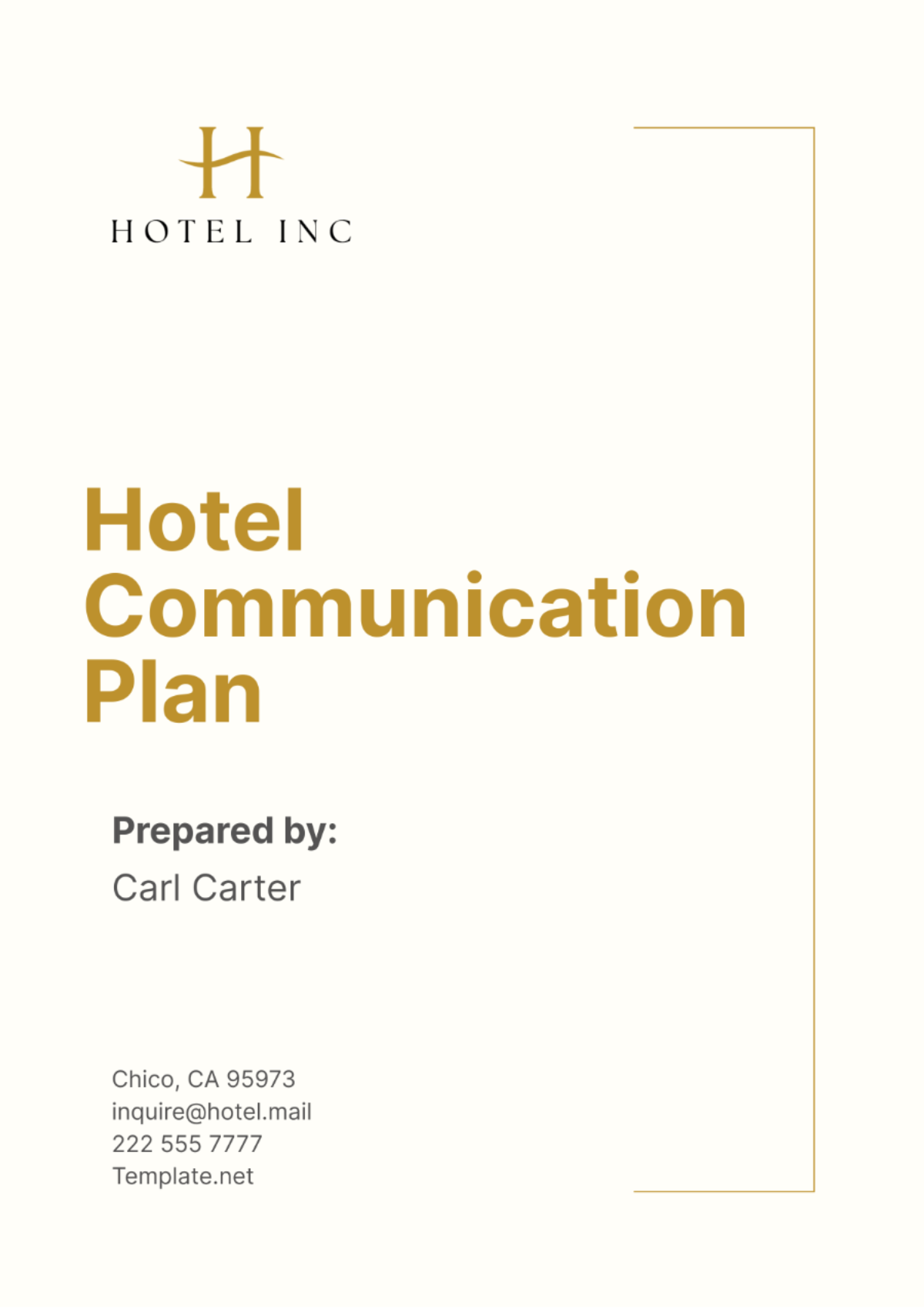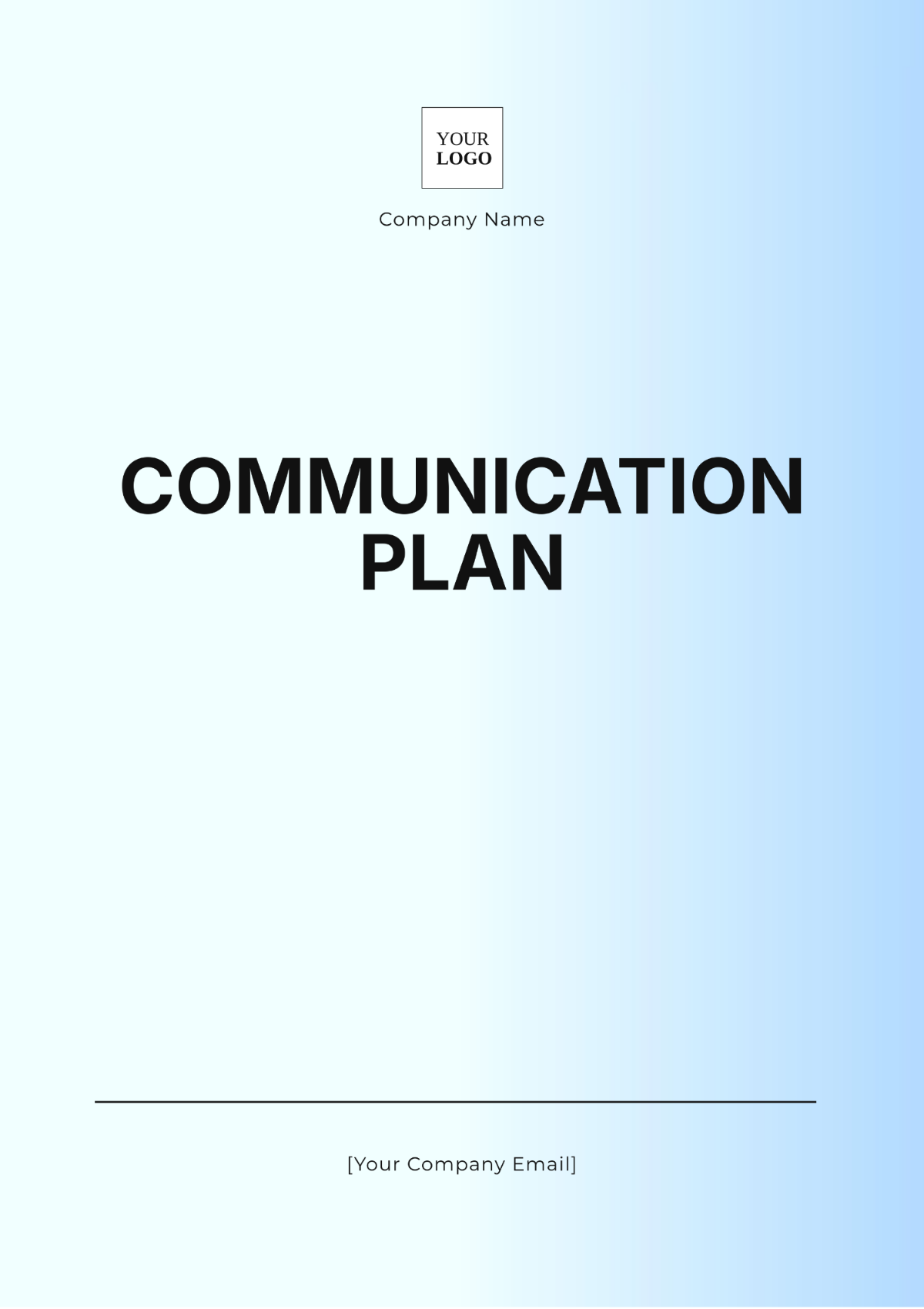SOFTWARE ROLLOUT COMMUNICATION PLAN
Written by: [Your Name]
I. Introduction
The Software Rollout Communication Plan outlines the strategy for communicating the implementation of [Your Product Name] software solution, [Your Company Name], across our organization. This plan aims to ensure smooth adoption and minimize disruptions during the rollout process, ultimately driving efficiency and enhancing productivity across all departments.
II. Stakeholder Analysis
A. Identification of Stakeholders
Key stakeholders include department heads, team leaders, IT personnel, and end-users across various departments within [Your Company Name].
B. Communication Needs
Stakeholders require clear and timely information about the software rollout, comprehensive training opportunities, and readily available support resources to effectively integrate [Your Company Name] into their workflows.
III. Communication Goals and Objectives
A. Goals
Ensure all stakeholders are well-informed about the rollout and its benefits for [Your Company Name].
Provide comprehensive training and support resources to facilitate a seamless transition to the new software.
Foster a positive attitude towards the company to encourage widespread adoption and maximize its potential impact on organizational performance.
B. Objectives
Communicate rollout timelines, expectations, and the significance of the company in driving operational excellence.
Offer tailored training sessions for different user groups to address specific needs and ensure proficiency in using the new software.
Establish channels for ongoing support and feedback to address any concerns and facilitate continuous improvement of the company.
IV. Messaging Strategy
A. Key Messages
Introduction to the company and its transformative capabilities for streamlining workflows and increasing efficiency.
Clear communication of rollout timelines, expectations, and available support resources to empower stakeholders.
Emphasis on the importance of embracing the company as a strategic tool for achieving Acme Inc.'s business objectives.
B. Tone and Style
Clear, concise, and motivational language will be employed to convey information reassuringly and encouragingly, addressing any potential concerns and instilling confidence in the software rollout process.
V. Communication Channels
A. Primary Channels
Email announcements are distributed to all employees to ensure broad dissemination of information and create awareness.
Updates and resources are posted on the company intranet for easy access and reference by all stakeholders.
Departmental meetings led by project managers to provide detailed explanations and address specific questions or concerns from team members.
B. Secondary Channels
Utilization of posters and digital signage in common areas to reinforce key messages and provide visual reminders about the company rollout.
Distribute FAQ documents via email and intranet to address common queries and provide additional clarification on various aspects of the new software.
VI. Timeline
A. Pre-Rollout
Announcement of the company rollout and its objectives to generate awareness and set expectations among employees.
Initial training sessions were conducted for IT personnel and key stakeholders to ensure readiness and alignment with the rollout plan.
B. Rollout Phase
Regular email updates on rollout progress to keep stakeholders informed and engaged throughout the implementation process.
Department-specific training sessions are organized to cater to the unique needs and workflows of different user groups within the company.
Ongoing support is provided via dedicated helpdesk services and online resources to address any challenges or issues encountered during the rollout.
C. Post-Rollout
Collection of feedback from users to evaluate the effectiveness of the company rollout process and identify areas for improvement.
Follow-up training sessions are arranged as needed to address emerging needs and enhance user proficiency in utilizing the company effectively.
Communication of future updates and enhancements to the company to maintain momentum and promote continuous improvement of the software.
VII. Responsibilities
A. Project Team
Coordination of communication efforts to ensure consistency and effectiveness across all communication channels.
Development and distribution of communication materials tailored to different stakeholders to ensure alignment with messaging strategy.
B. Department Heads
A cascade of information to their respective teams to ensure alignment and understanding of the company rollout plan and its implications.
Provide feedback and support to team members throughout the rollout process to facilitate the smooth adoption of the new software.
VIII. Feedback Mechanisms
A. Surveys
Distribution of feedback surveys post-rollout to gather insights and assess user satisfaction levels regarding the implementation of the company.
Establishment of a continuous feedback loop to facilitate ongoing improvement and refinement of the software and associated processes.
B. Helpdesk Support
Availability of a dedicated support team to address user queries and provide timely assistance and resolution of issues related to company usage.
IX. Contingency Plans
A. Technical Issues
Implementation of a rapid response plan to address any unforeseen software glitches or technical challenges encountered during the rollout.
Provision of alternative communication channels in case of system downtime to ensure continuity of information flow and support services.
B. User Resistance
Arrangement of additional training sessions and resources to address any resistance or reluctance among users towards adopting the company.
Deployment of change management strategies to mitigate resistance and foster a positive attitude towards the new software.
X. Training and Support
A. Training Sessions
Conducting of hands-on workshops tailored to different user groups to facilitate learning and skill development in utilizing the company.
Provision of online tutorials and resources accessible on-demand to support continuous learning and reinforcement of software usage best practices.
B. Support Resources
Availability of helpdesk support services staffed by knowledgeable personnel to provide timely assistance and resolution of issues encountered by users.
Creation and distribution of FAQ documents and troubleshooting guides to empower users to troubleshoot common issues independently and efficiently.
XI. Evaluation and Monitoring
A. Metrics
Tracking of adoption rates and user engagement metrics to assess the effectiveness of communication efforts and gauge user acceptance of the company.
Analysis of feedback survey results and helpdesk ticket data to identify trends and areas for improvement in the software rollout process.
B. Adjustments
Conduct regular review meetings to evaluate the impact of communication strategies and make adjustments based on feedback and evaluation findings.
Implementation of changes and refinements to communication approaches to optimize effectiveness and meet evolving needs as the company continues to grow and evolve.






















